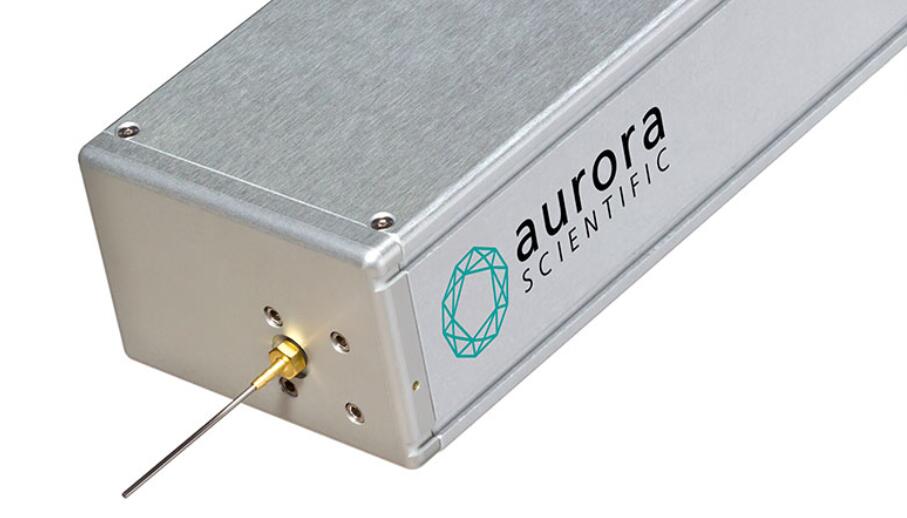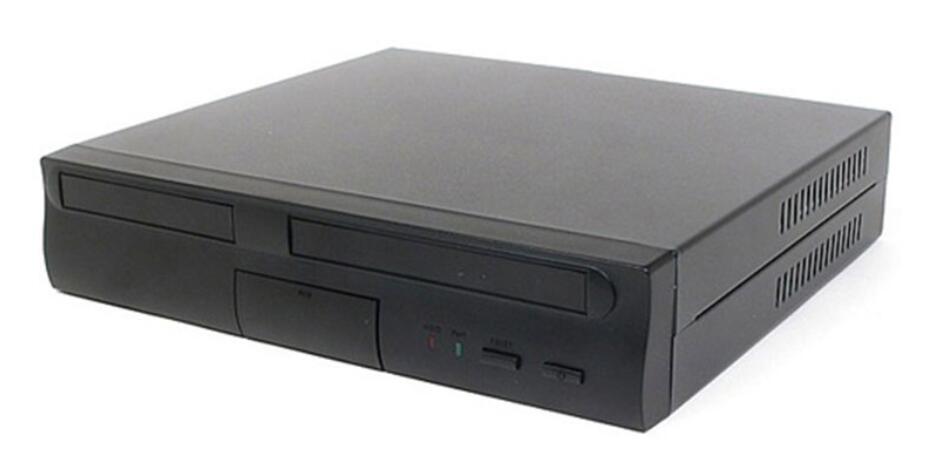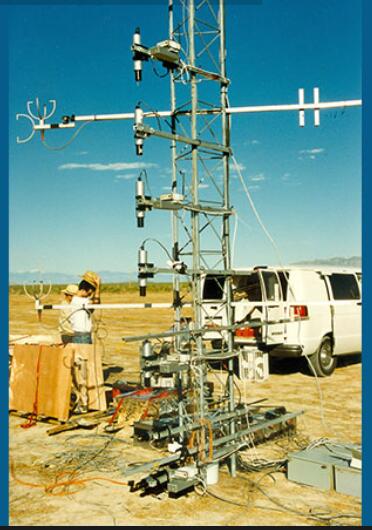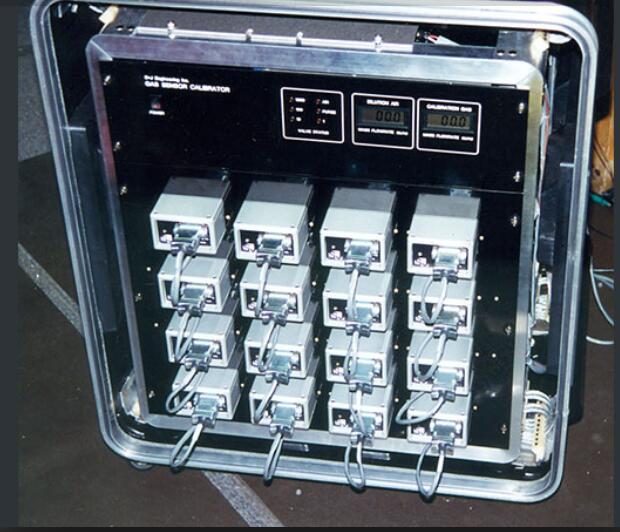100A: digitalPID Dispersion Sensor
型号:100A
价格:请致电:010-67529703
品牌:aurorascientific

Overview
The digitalPID (digital Photo-Ionization Detector) sensor is used to record concentration fluctuations of the dispersing gas as it passes by the sensor location. The sensors can be combined to form a grid of detectors that are ideally suited to large outdoor tests that require the sensors to be synchronized in time and controlled from a single location. digitalPID sensors have been used for numerous outdoor field trials including one trial that used 100 digitalPID sensors collecting plume dispersion data.
The sensor combines fast response, high sensitivity and microprocessor control in an easy-to-use package. It has a frequency response of 50 Hz and a detection limit of 50 ppb (parts per billion) propylene gas in air. Being self-contained it only requires a 12-volt battery for power and a communications cable for control and data collection. A built-in microprocessor allows all functions of the sensor (on/off, gain, zero, and data transmission) to be remotely controlled through the communications interface. A 20-bit charge-digitizing analog-to-digital converter provides precision conversion of the sensor output.
The software provides functions required to control and retrieve data from up to 16 sensors. This data can be simultaneously displayed on the computer screen in real-time while data logging is underway. The software operates under a real-time version of the Linux operating system and comes pre-installed on a PC.
The digitalPID is delivered complete with the sensor, sensor mounting bracket and RS-485 communications/power cable. An optional RS-232 communications/power cable is available through Aurora Scientific (if required).
Ancillary equipment available for the digitalPID sensor includes: DPID Control and Calibration Software pre-installed on a PC running real-time Linux, and a manual or automatic calibrator.
For a typical outdoor trial, the user must supply a fixed or mobile mast or tripod for mounting the sensor, a 12 VDC battery for power, a DPID PC for sensor control and data acquisition, and a tracer gas disseminator with gas supply (normally propylene but many other substances can be detectable). The sensors are used to record concentration fluctuations of the dispersing gas as it passes by the sensor location.

Features
Sensor
- fast response – 50 Hz
- low detection limit – 40 ppb (propylene in air)
- high signal-to-noise ratio
- built-in 20-bit analog-to-digital converter
- microprocessor controlled with built-in RS-232 and RS-485 interfaces
- Photo-Ionization Detector utilizing RF excited UV lamp
- robust
Control Software
- controls and logs data from up to 16 Sensors
- real-time graphical display of incoming data
- menu driven, easy to use
- DPID program runs under Linux real-time operating system
- microprocessor controlled with built-in RS-232 and RS-485 interfaces
- photo-Ionization Detector utilizing RF excited UV lamp
- robust
Optional Support Equipment
- calibration kits
- data acquisition computer systems
- tracer gas release systems

Case Studies
100A – Mapping the Presence of Biological Simulants During Biological Sensor Field Trials
CHALLENGE
In 1994 US Army Dugway Proving Ground required an independent means of verifying the presence of a biological simulant at a detection location. The trial plan called for a chemical concentration sensor to be co-located with each biological sensor at 16 different sites located up to 1.5 miles from the control location. The chemical concentration sensors needed a frequency response high enough to map the concentration fluctuations in the plume. In addition all of the sensors needed to be synchronized in time to ensure simultaneous sampling at all locations. Furthermore the sensors had to be controlled through a single pair of wires for control and data collection.
SOLUTION
Aurora Scientific’s R&D team decided to redesign a previous model of their fast response photo ionization sensor. The new sensors could be “daisy-chained” together for remote control and data collection on a single twisted pair wire running 1.5 miles from the control location to the sensor array. A 20-bit A/D was designed into the new sensor to digitize concentration levels, leading to a detection limit of 50 parts per billion. Using a real-time Linux operating system a control program was created that controlled the timing of the data collection from all of the sensors to an accuracy of less than 0.1 milliseconds. Altogether, sixteen sensors, a dissemination system, a calibrator and a central control computer were designed, built and delivered to Dugway Proving Ground within 9 months.
RESULTS
The sensors were used during the BIDS test program at Dugway Proving Ground in the summer of 1995. The new communications channel design resulted in significant cost savings of time and money. The real-time data that was available on the control computer provided the test organizers with clear indication of when the biological simulant was present on the test grid. This data was archived and used later when evaluating the success of each biological sensor deployed on the test. In later years Dugway ran numerous trials using the digitalPID sensor including one test which deployed 100 digitalPID sensors on a large two dimensional measurement grid for model validation of plumes dispersing in the atmosphere.

Citations
Wang, Bing-Chen, Eugene Yee, and Fue-Sang Lien. “Turbulent Dispersion of a Passive Scalar in a Staggered Array of Cubes.” Turbulent Dispersion of a Passive Scalar in a Staggered Array of Cubes 67.4 (2015): Turbulent Dispersion of a Passive Scalar in a Staggered Array of Cubes.
Singh, Sarvesh K. et al. “ANALYZING LOCALIZATION FEATURES OF A WEIGHTED LEAST-SQUARES TECHNIQUE IN A POINT SOURCE RECONSTRUCTION.” 16th International Conference on Harmonisation within Atmospheric Dispersion Modelling for Regulatory Purposes (2014): 1-5.
Singh, Sarvesh Kumar, and Maithili Sharan. “Simulation of plume dispersion from single release in Fusion Field Trial-07 experiment.” Atmospheric Environment 80 (2013): 50-57.
Wang, Bing-Chen, Eugene Yee, and Fue-Sang Lien. “Numerical study of dispersing pollutant clouds in a built-up environment.” Numerical study of dispersing pollutant clouds in a built-up environment 30.1 (2009): 3-19.
Chandler, Geoff M., and Eugene Yee. “Final Report for Propylene Dissemination System for FUSION Field Trials.” DRDC Suffield (2007): 1-17.
Storwold, D. P. “Detailed test plan for the Fusing Sensor Information from Observing Networks (FUSION) field trial 2007 (FFT 07).” Meteorology Division, West Desert Test Center, US Army Dugway Proving Ground(2007): No. WDTC-TP-07-078.
Wang, Bing-Chen, Eugene Yee, and Fue-Sang Lien. “Study of turbulent passive scalar dispersion within a regular array of obstacles.” Proceedings of the 5th international symposium on turbulent shear flow phenomena, Munich, Germany (2007): 1-6.
Yee, Eugene et al. “Comparison of wind-tunnel and water-channel simulations of plume dispersion through a large array of obstacles with a scaled field experiment.” Boundary-Layer Meteorology 121.3 (2006): 389-432.
Upadhyay, Jeetendra K. et al. “Study of near-field dispersion through large groups of obstacles.” Journal of Asian Architecture and Building Engineering 3.2 (2004): 305-309.
Vernon, Erik N. et al. “An Analysis of Urban Surface Meteorology Data Collected Prior to the Joint Urban 2003 Dispersion Experiment.” Fifth Symposium on Urban Environment (2004): 1-9.
Yee, Eugene and Christopher A. Biltoft. “Concentration fluctuation measurements in a plume dispersing through a regular array of obstacles.” Boundary-Layer Meteorology 111.3 (2004): 363-415.
Yee, Eugene. “Mock Urban Setting Trial: Data Analysis and Interpretation.” DEFENCE RESEARCH AND DEVELOPMENT SUFFIELD (2003): No. DRDC-SUFFIELD-TR-2003-097.
Venkatram, Akula et al. “The development and evaluation of a dispersion model for urban areas.” Proceedings of the Eighth International Conference on Harmonization within Atmospheric Dispersion Modeling for Regulatory Purposes 8 (2002): No. 1113.
Biltoft, Christopher A. “Customer report for Mock Urban Setting Test (MUST). DPG document WDTC-TP-01-028, West Desert Test Center.” US Army Dugway Proving Ground, Dugway, Utah (2001): 58.
Biltoft, Christopher A. “OVERVIEW OF THE MOCK URBAN SETTING TEST (MUST).” West Desert Test Center, US Army Dugway Proving Ground (2001): J1.1-1.2.
Yee, Eugene et al. “A study of concentration fluctuations in instantaneous clouds dispersing in the atmospheric surface layer for relative turbulent diffusion: Basic descriptive statistics.” Boundary-Layer Meteorology 87.3 (1998): 409-457.
Biltoft, Christopher A. “Biltoft, Christopher A.” DUGWAY PROVING GROUND UT METEOROLOGICAL DIV (1997): No. DPG-FR-97-058.
Biltoft, Christopher A. et al. “Turbulence effects on concentration statistics in the atmospheric surface layer.” American Meteorological Society, Boston, MA (United States) (1996): No. CONF-960127.
Yee, Eugene et al. “Multiscaling properties of concentration fluctuations in dispersing plumes revealed using an orthonormal wavelet decomposition.” Boundary-Layer Meteorology 77.2 (1996): 173-207.
Yee, Eugene et al. “The vertical structure of concentration fluctuation statistics in plumes dispersing in the atmospheric surface layer.” Boundary-Layer Meteorology 76.1-2 (1995): 41-67.
Biltoft, Christopher A. “Air Distribution in Protective Shelters.” ARMY DUGWAY PROVING GROUND UT (1993): No. DPG-FR-93-703.


